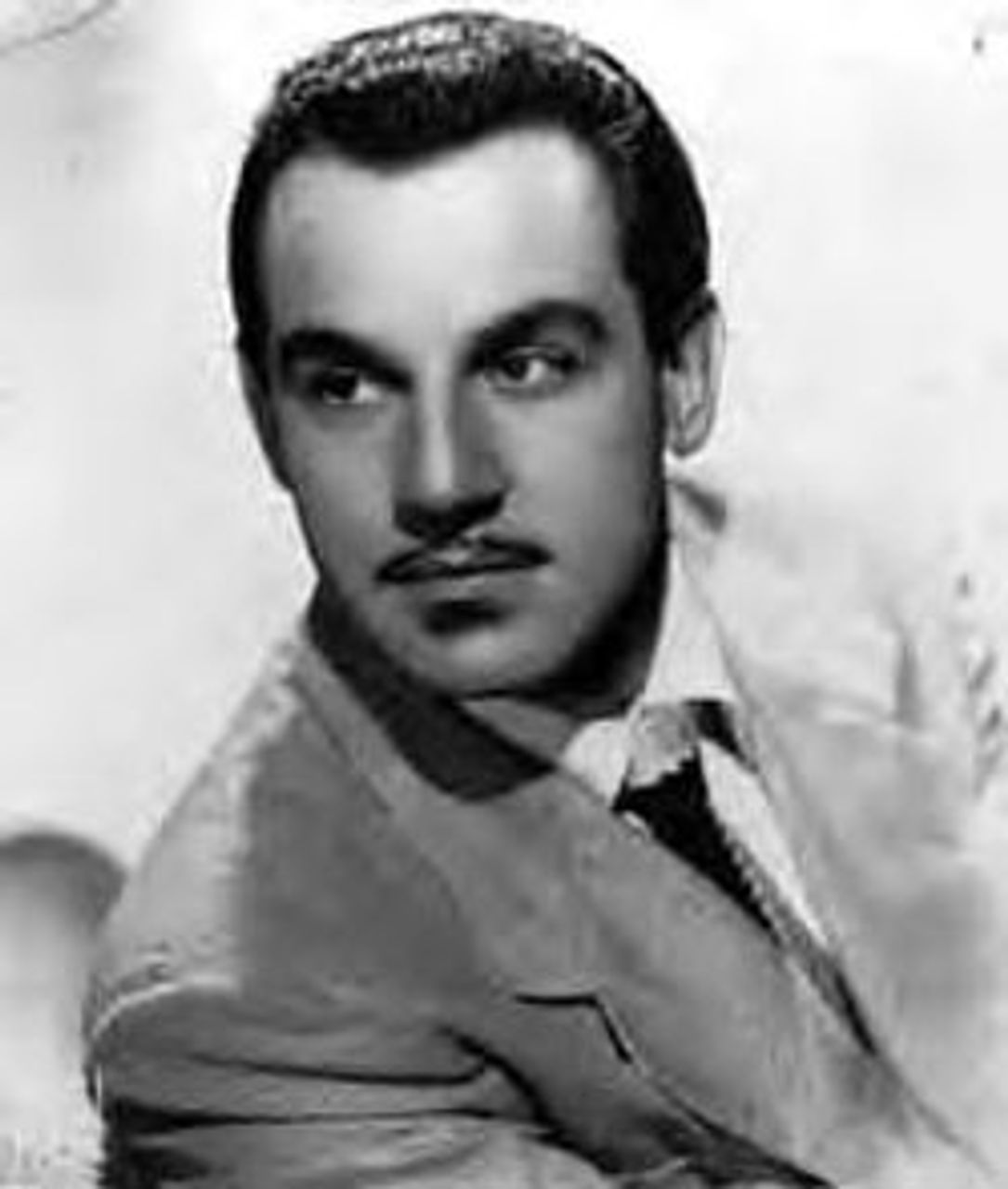 Johnny Otis
Johnny OtisR&B legend Johnny Otis died January 17 at the age of 90. As a performer, producer, radio host and talent scout, Otis had a significant hand in shaping early Rhythm and Blues and Rock ‘n’ Roll music.
Otis was born Ioannis Alexandres Veliotes on December 28, 1921 in Vallejo, California. He grew up in a predominately black neighborhood in Berkeley where his parents, Greek immigrants, owned a grocery store. While still very young, Otis fell in love with the jazz and blues music, which seemed to surround him. He even began to consider himself “black by choice.” “That culture had captured me,” he once said. “I loved it and it was richer and more fulfilling and more natural. I thought it was mine.”
By the late 1930s, Otis, an accomplished drummer, vibraphonist and pianist, was performing the music himself, beginning his career with a stint as drummer for Count Otis Matthews.
In reviewing his life and career, one is struck by the remarkable breadth of Otis’s talents and interests, and the large number of artists he was able to touch and influence. Johnny Otis seemed to be everywhere.
Among his many achievements, Otis produced and played drums on Big Mama Thornton’s classic 1952 recording of “Hound Dog,” the classic Leiber and Stoller composition later made famous by Elvis Presley. He discovered and mentored the late Etta James early in her career, and co-wrote and produced her Rock ‘n’ Roll classic “Roll With Me Henry.”
Otis produced several recordings by Johnny Ace, including “Pledging My Love,” a recording on which Otis’s rich vibraphone sound plays such a vital part. He also wrote and produced “Every Beat of My Heart” for the Royals in 1954, which would later become a number one hit when Gladys Knight and the Pips recorded their own version in 1961.
As a talent scout for King Records, Otis was said to have discovered Little Willie John, Jackie Wilson and Hank Ballard during a single talent show in Detroit in 1951. Little Esther Phillips was another of his many discoveries.
He spent decades hosting a popular radio show in Los Angeles as well as his own televised variety show. By the end of his life, Otis could also claim to be a painter, sculptor, author, preacher and organic farmer.
Of his own recordings, Otis’s best-known song today is “Willie and the Hand Jive,” a hit dance record from 1958 driven by a “Bo Diddley beat” (a Latin son clave rhythm pattern) played across the drummer’s tom-toms. However, Otis produced far more interesting and substantial works than this during his long career.
His first recordings as a leader were big band records. In 1945, his band recorded what is arguably the definitive version of Earle Hagen and Dick Rogers’ 1939 composition “Harlem Nocturne.” The relentlessly swinging “Barrel House Stomp,” with an explosive solo by tenor saxophonist Big Jay McNeely, was almost overwhelming in its intensity.
Switching to smaller R&B combos in the 1950s, Otis had a string of top ten hits, including “Double Crossing Blues,” featuring Little Esther on lead vocals. There was also the mischievous “All Nite Long” which ends with the sound of police sirens and the warning “Don’t give your right name!”
These exciting recordings display a confidence and a sense of camaraderie—that of a band functioning as a true ensemble—which make them very appealing. Throughout his career, Otis took great delight in collaborating with other musicians and introducing audiences to new performers. He seemed always to be hosting a talent show at one club or another.
During this time, Johnny Otis deeply identified with and drew considerable strength from the democratic aspirations of black workers and youth fighting for equality in the Civil Rights movement. Otis became an active participant in these struggles, joining picket lines and taking part in fund raising events. In 1961, he began writing a regular column for the black newspaper the Los Angeles Sentinel, exposing racial injustice and the brutality of the LAPD.
Deeply affected by the Watts Riots of 1965, Otis wrote about the events in Listen to the Lambs (1968), in which he expressed his solidarity with those taking part in the uprising. He wrote angrily, “Do we bury the dead in American flags … or canceled welfare checks … or Baptist choir robes? … or Los Angeles Police Department handcuffs? … or eviction notices? … or selective service questionnaires?”
In an interview cited by his editor, George Lipsitz, in Otis’ 1993 book Upside Your Head! Rhythm and Blues on Central Avenue, he expressed the sentiments felt by so many during this period, writing that he “thought we were going to realize the American Dream … [We would say] it’s a bitch, there’s still a lot of racism, but it’s going to be OK because our kids will realize a fresh new democratic America.” He expressed some of the widespread anger and disappointment as the promise of postwar America began to crumble, when he added, “Oh, how wrong we were.” By the time he took up the LA riots of 1992 in the same book, an increasing bitterness and pessimism could be felt in his writing.
One heard less from Johnny Otis the recording artist after the 1960s, although he continued to be a presence on the West Coast, on radio and in live performances. The 1970s brought collaborations with saxophonist Eddie “Cleanhead” Vinson and Otis’s son, Shuggie Otis, best known for his song “Strawberry Letter 23,” the recording of which was produced by his father. While there are strong moments to be found here and there, little of this later work matched the power of Otis’s best recordings from the previous decades.
In spite of this, Johnny Otis remained a lifelong ambassador for R&B, working tirelessly to build the widest possible audience for the music that he loved. It is safe to say the musical landscape would have looked very different, and a great deal poorer, without him.
